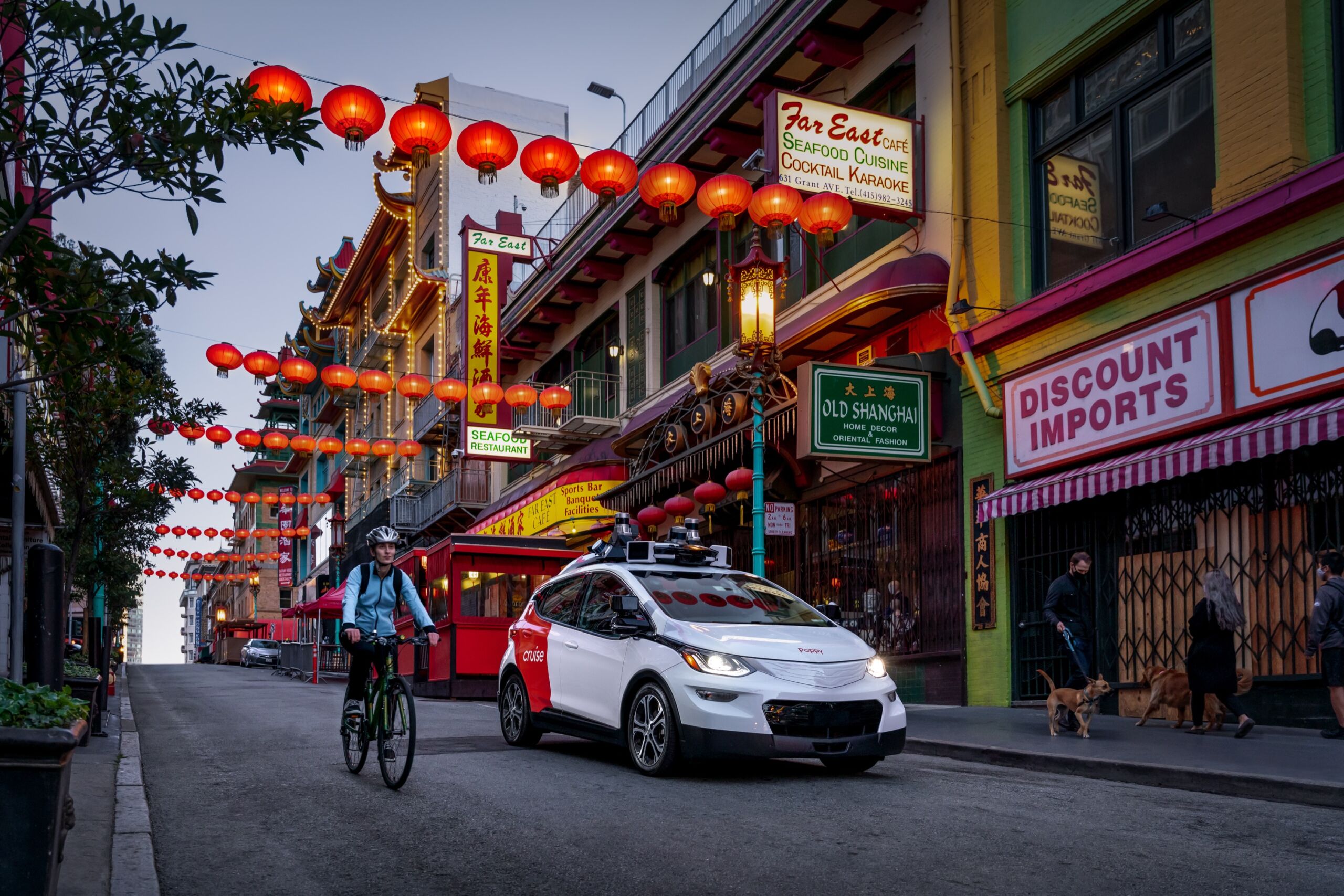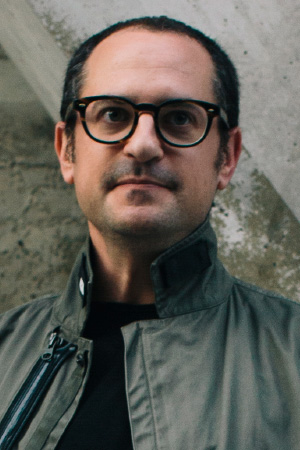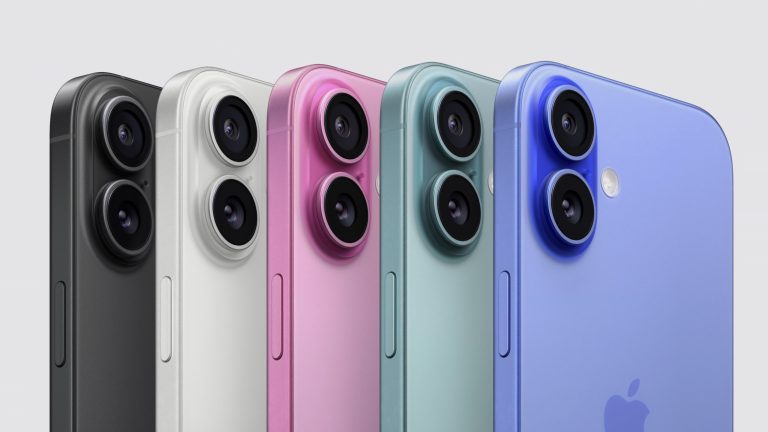The robotaxi companies Waymo and Cruise now have permission to offer around-the-clock driverless rides to fee-paying passengers in San Fransisco. Until now, both autonomous ride-hailing companies have been able to offer restricted service in the city, but on Thursday afternoon the California Public Utilities Commission (CPUC) approved a pair of resolutions that remove those restrictions.
California established a pathway to approving robotaxi operations in late 2020 when the CPUC announced a deployment program. Both Waymo and Cruise had been using testing permits to drive around the city, but in 2021 both applied for permission to start operating a commercial service with no safety driver on board and that charged passengers for their rides.
In 2021, the California Department of Motor Vehicles gave both Waymo and Cruise deployment permits for autonomous vehicles, but any commercial services also required CPUC's approval.
Until now, Waymo was only allowed to charge customers for rides in San Fransisco if there was a safety driver in the vehicle; non-paying rides could take place at any time with no safety driver. Cruise was operating under a slightly looser leash in a limited area—it was allowed to charge passengers for driverless rides between the hours of 10 pm and 6 am, but like Waymo, it was also allowed to operate throughout the city, charging rides, as long as a safety driver was in the car.
Now, both Cruise and Waymo have permission to operate throughout the city, day or night. CPUC approved the resolutions in a three-to-one vote after a six-and-a-half-hour hearing.



This something that ignorant people saying without knowing what doing a basic numbers check. The cumulative total global spending on autonomous driving for all companies from like when Waymo started as a project in Google through 2022 (13 years ) was thought to be around $75B. That's a lot of money for technology research and development... but not for public transportation. For example the California High Speed Rail (which I support since we now have all the land rights and construction is well under way) is schedule to cost $128B and rising over 20 years (and longer). That's a single rail line in single state (albeit a large state). Just extending the existing local regional BART railway all of 20 miles is project to cost $20B and 20 years (luckily we are at year 14 of the project 20, so we are near the home stretch).
Also... all the money invested in autonomous driving was private VC funding hoping for relatively quick (10-15 year) return on investment - zero chance they are investing that in public transportation. Unless you plan on being Robin Hood, or Joseph Stalin, or Mao Zedong you can't just confiscate and use private money for public state projects.
I support all of those public transportation budgets and time scales... but the claim that "In the amount of time and money we are spending on autonomous driving, we could revitalize our own extremely poor public transportation in our major cities." is just foolish.